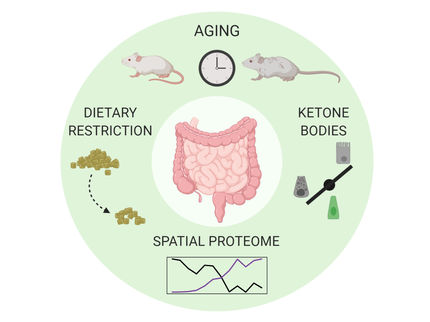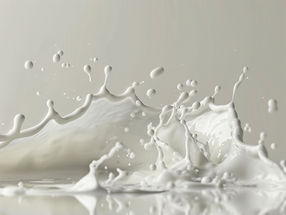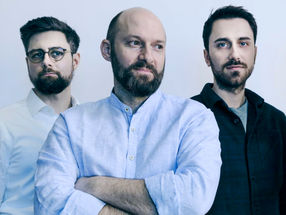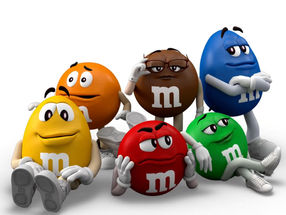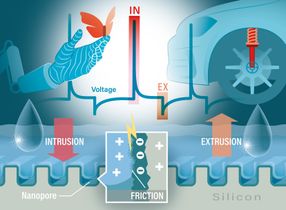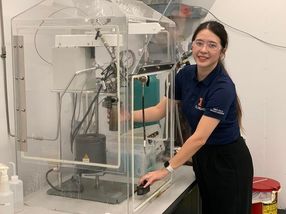Fingernails as a mirror of nutrition
Study shows new potential for health monitoring
Advertisement
A research team led by Professor Dr. Marc Birringer at Fulda University of Applied Sciences has developed an approach that allows lifestyle and nutrition to be recorded non-invasively using fingernail samples. The study was published in the scientific journal BioFactors.
In the "Fulda NutriNAIL" study, the team first examined the mineral composition of the fingernails of 184 test subjects between the ages of 18 and 81. They then linked the results with the subjects' dietary habits, supplement intake, health information and characteristics of the nail surface. The fingernail samples were analyzed using Inductively Coupled Plasma Mass Spectrometry (ICP-MS), a powerful method for multi-element determination. Scientists from the fields of ecotrophology, computer science and public health were involved.
"To date, there has been little research into mineral content as a biomarker for assessing lifestyle and dietary habits," explains Professor Birringer. "Nail samples are mainly used for toxicological tests for heavy metals. However, we wanted to know to what extent they could also be used for health monitoring."
Fingernails store mineral patterns
The results of the study published in the journal BioFactors show that fingernails store characteristic mineral patterns: Fingernails store characteristic mineral patterns that allow conclusions to be drawn about dietary and lifestyle factors. For example, the nails of people who took selenium supplements had around 20 percent higher selenium levels. Those who ate an omnivorous diet, i.e. without restrictions, had a higher selenium content than people with a vegan and vegetarian diet.
Certain nail changes were also noticeable, such as brittle nails, longitudinal grooves or white spots, which were associated with deviations in potassium, potassium, sodium and chromium levels. Analyses of the mineral pairs potassium and sodium as well as calcium and phosphorus should provide further insights into nutritional behavior and lifestyle in the future.
"We can show that fingernail analyses are a cost-effective, non-invasive method for nutrition and prevention research that is suitable for everyday use," says Professor Birringer. In the future, the data collected in Fulda will be combined with AI-supported image analysis of nail surfaces in order to identify risks of micronutrient deficiencies at an early stage.
Note: This article has been translated using a computer system without human intervention. LUMITOS offers these automatic translations to present a wider range of current news. Since this article has been translated with automatic translation, it is possible that it contains errors in vocabulary, syntax or grammar. The original article in German can be found here.
Original publication
Nina Sonntag, Lina Müller, Katja Plendl, Dustin Dewald, Jan‐Torsten Milde, Heike Hollenbach, Alexander Maxones, Tilman Kühn, Marc Birringer; "Fingernail Mineral Profiling as a Non‐Invasive Tool to Assess Dietary and Lifestyle Factors: Results From the Cross‐Sectional Fulda
Other news from the department science
Most read news
More news from our other portals
See the theme worlds for related content
Topic World Mass Spectrometry
Mass spectrometry enables us to detect and identify molecules and reveal their structure. Whether in chemistry, biochemistry or forensics - mass spectrometry opens up unexpected insights into the composition of our world. Immerse yourself in the fascinating world of mass spectrometry!

Topic World Mass Spectrometry
Mass spectrometry enables us to detect and identify molecules and reveal their structure. Whether in chemistry, biochemistry or forensics - mass spectrometry opens up unexpected insights into the composition of our world. Immerse yourself in the fascinating world of mass spectrometry!




